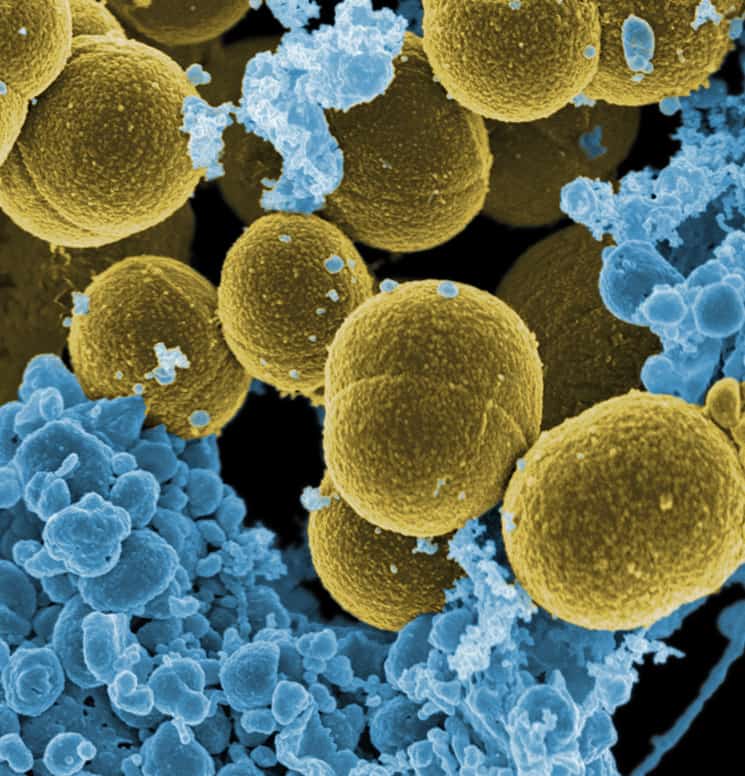February 28, 2013

The Question
How has the epidemiology of methicillin-resistant Staphylococcus aureus (MRSA) changed in recent years?
What we found
The growth of MRSA-relatedhospitalizations was stagnant between 2005 and 2009. Community-associated infectionspeak in the summer, likely due to seasonal antibiotic overuse. Read more about the findings in our press release.
Why it matters
Normally foundon human skin, Staphylococcus aureus can infect wounds and causelife-threatening conditions such as sepsis and pneumonia. Strains ofmethicillin-resistant S. aureus (MRSA) fail to respond to commonly usedantibiotics, making infections more expensive and difficult to treat. Priorstudies report MRSA kills approximately 20,000 people each year and increaseshospital costs by between $3,000 to more than $35,000.
Thenew study has several implications for public health and future studies. First,we need better surveillance to address emerging threats before they reach theepidemic proportions of MRSA. Secondly, the continued prevalence of CA-MRSA isworrying and suggests a need for more coordinated campaigns for infectioncontrol and judicious antibiotic use in communities as well as hospitals. Finally,more research is needed to better understand changing MRSA trends and applythese lessons to other emerging infections, to explore the interaction betweencommunity- and hospital-associated strains, and to aid the development of astaph vaccine.

